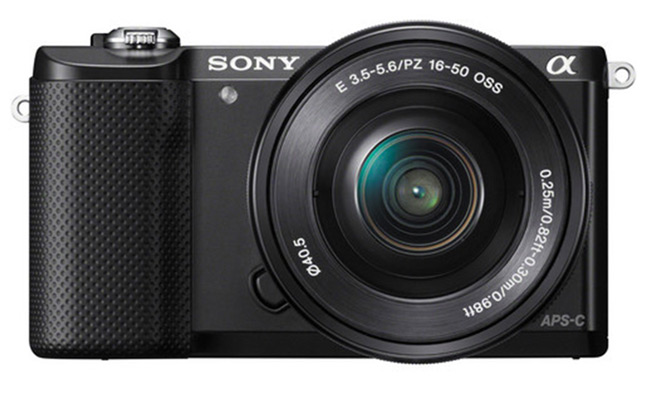-
Term: APS C Camera
Description: APS, which stands for Advanced Photo System, is a film format that was developed back in 1996 but was discontinued. There are three types of APS digital image formats, and one of them is the APS-C format, where the ‘C’ denotes ‘classic’. All three of them are smaller than the size of the original APS, with the aspect ratio of the C format being around 3:2, which is the same as that of a full-frame camera. Depending on who is the manufacturer of the camera, the exact size of an APS-C digital sensor could vary.
APS C Camera

Most of the digital SLR, mirrorless, and compact systems cameras have APS-C images sensors. This is why the market has such a wide collection of APS-C lenses and camera bodies in comparison to their full frame counterparts. It’s true that the quality of the image produced by full-frame lenses is high, but one must also be aware of when to use the efficient APS-C lenses in place of the full-frame ones. When the lens is turned around, you will find the presence of an imaging circle in the design of the lens. It’s this image circle that collaborates with the sensor, and therefore, lenses are designed in a manner such that they can be paired up with specific sensor sizes.
The size of a full-frame lens is about 35mm frame of film, and an APS-C sensor is slightly smaller. When a full-frame lens is mounted on a camera that contains an APS-C sensor, one can witness a crop factor. This entails that the APS-C-size sensor of the camera causes magnification of the scene for the production of an image that matches the full-frame image circle of the lens. The result that appears after mounting a 50mm full-frame lens on an APS-C body with a 1.5x crop factor is that a field-of-view gets captured which is equivalent to a 75mm on a full-frame body. Therefore, when the image circle of your full-frame lens is bigger than the sensor of your camera, the image is recorded by the camera from the center of the imaging circle. This means that the scene that is being captured is less when a full-frame lens is mounted on an APS-C-sensor camera.

The resulting situation could be ideal for portraits photography, but when landscape or sport or wildlife photography is in question, you would want more of the scene around you being captured. One of the main benefits of using APS-C lenses over full-frame lenses is that you achieve wider coverage through the crop lenses during the situations where you want more width in your photos.
Something to remember is that when a full-frame lens is used on an APS-C camera body, there will be a visible flare in the photos. The reason behind this is that an APS-C lens is equipped with a narrower field of view. Hence, if in case you attempt to shoot too close to the sun, the light will not receive a proper physical path through the lens. Although, the good thing is that this situation only arises when the shooting is taking place in a highly bright ambience or just adjacent to a light source.

Related Articles to APS C Camera Definition
Why You Shouldn’t Apply Crop Factor to Aperture | Crop vs Full Frame
There isn’t a day that rises where a debate on the benefits of full-frame cameras over APS-C or micro four-thirds doesn’t rear…
Sony’s New a6500: A More Powerful Flagship APS-C with IBIS & Touchscreen
Only 8 months after the a6300, Sony is back with a new feature-rich APS-C contender.




Get Connected!